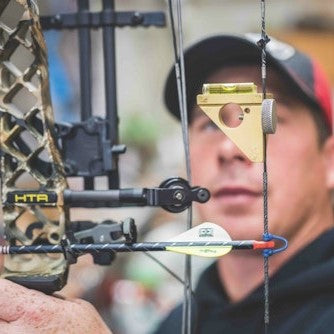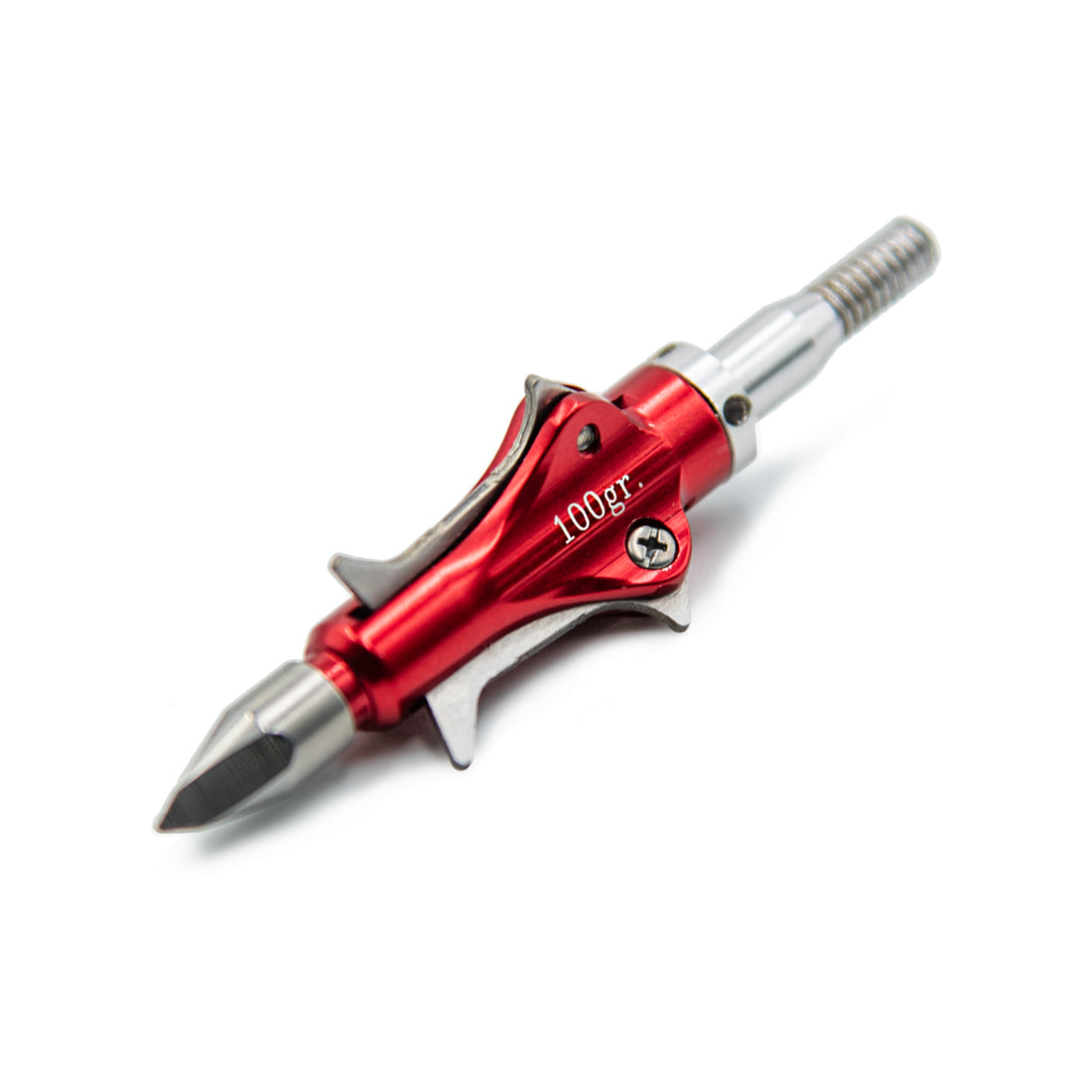Whether you’re photographing other people’s hunting adventures or capturing images from your own, this guide will make you a better hunting photographer.
Hunting stories have been etched into rocks and painted on walls for thousands of years.
Nowadays, you describe your hunting adventure to your friends by showing off a selection of amazing hunting photos.
Whether you want to become a hunting photographer or are just interested in the process, this is the guide for you.
These tips will ensure you capture everything from the great outdoors in all its glory.
Get the right hunting photography gear
Many professional quality cameras are perfect for capturing your hunting story, but how do you know which is best for your upcoming hunting trip?
The type of camera you choose must fit your hunting photography skills and provide you with the quality of photographs you desire.
The camera you choose can make a huge difference in capturing simple images or creating great pictures.
Here is a list of some of the best cameras for wildlife photography or to use during your upcoming hunting trip to help you capture the best outdoor human interest photos possible:
- Canon EOS-1D X Mark III – Pricey, but an amazing wildlife camera
- Canon EOS 5D Mark IV – Older camera, but loved by hunters.
- Canon EOS 90D – Great sensors and speedy performance
- Fujifilm X-H2S – Best for action shots
- Nikon D500 – A hunter’s dream camera
- Nikon Z9 – Best budget-friendly camera
- Olympus OM-D E-M1 X – Fast focus
- Panasonic Lumix FZ2500 / FZ2000 – Best versatile camera with 20x zoom.
- Sony Cyber-shot RX10 IV – Best camera, but it’s expensive.
In addition to the many excellent handheld cameras used for hunting photography, hunters use trail cameras to get close to wildlife without physically being there and risking scaring them off.
Using a camera arm and tripods can also help you out when it comes to capturing your footage on the ground or on a elevated surface.
Choosing your own Camera lenses
When shopping for a lens, you must purchase the lens from the same manufacturer as the body or a third-party lens designed to fit the specifications of your DSLR body.
When shopping for DSLR lenses, look for genuine U.S. market products to ensure both the quality and little motion blur. Though third-party lenses work, you will capture better images using manufacturer lenses.
A lens with a fixed aperture typically produces better and higher-quality photographs.
Zoom lenses allow you to get close to your subjects without spooking that trophy buck and still provide excellent photographic quality.
Some of the best zoom lenses for outdoor photography include the following:
- Canon EF 70-200mm f/2.8L IS III USM Lens
- Canon EF 100-400mm f/4.5-5.6L IS II USM Lens
- Nikon af-s 200-500mm f5.6e ED VR
- Nikon af-s 80-400mm f4.5-5.6g ED VR
- Nikon 200-400mm af-s ED VRII
- Sigma 120-300 2.8 DG OS HSM (for Canon and Nikon)
Techniques you can use to improve your footage
Finding more unique angles to shoot your footage can go a long way. For example, try shooting on top of an elevated point to film an animal or vice versa for something more unique.
Finding reflective surfaces during your hunts can really help too. Those types of shots are popular for a reason and finding an animal on a reflective surface can really make your video pop out!
You can also use the sunset to your advantage with adding more light or darkness to a picture depending on how you angle your camera as well!
That's all for this week! We'll have more info for you next week!















